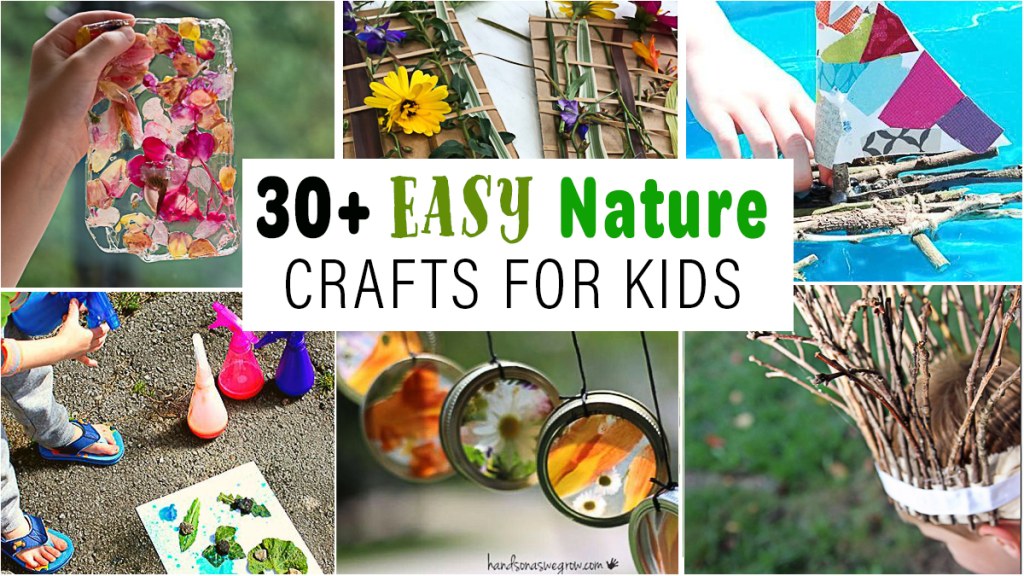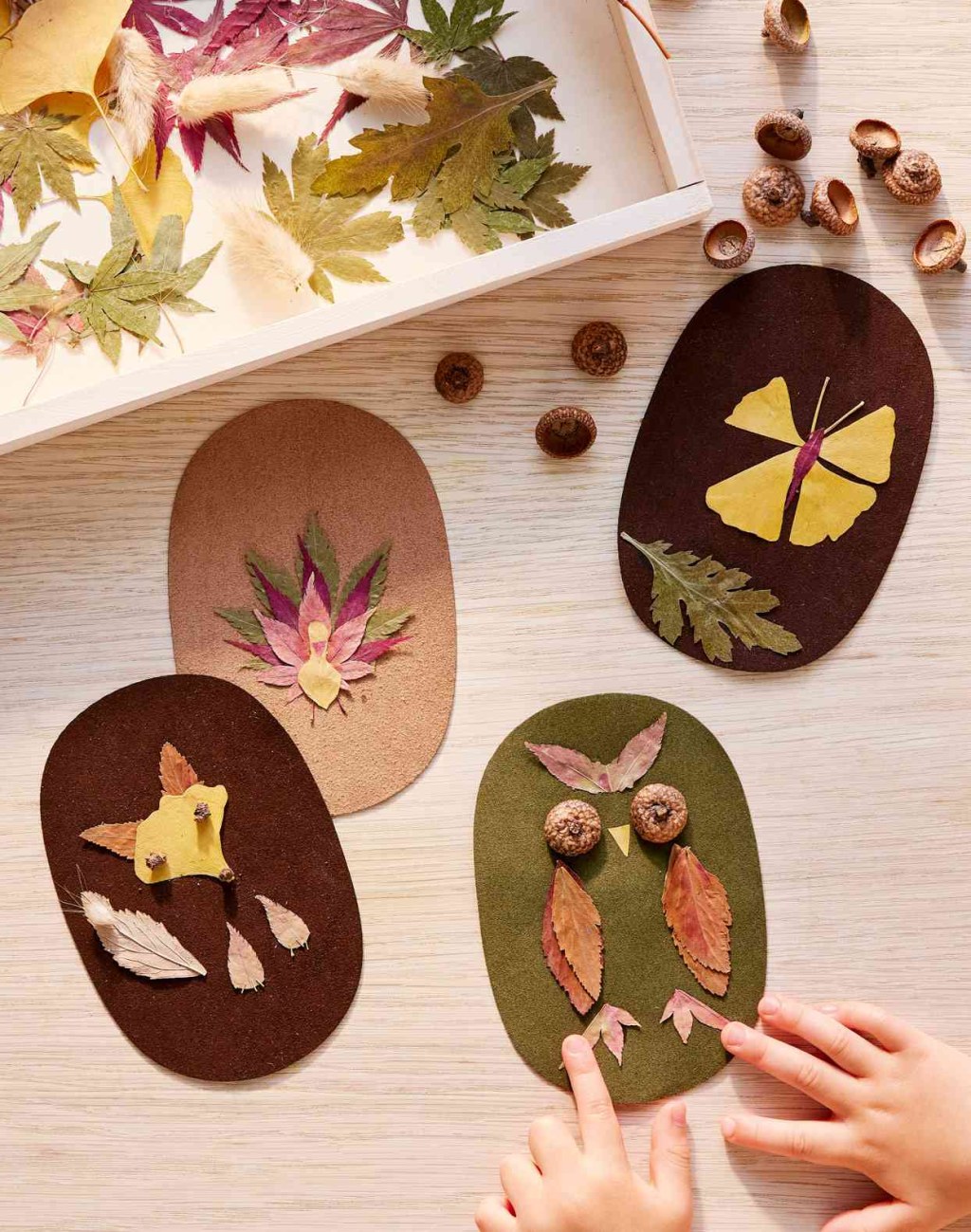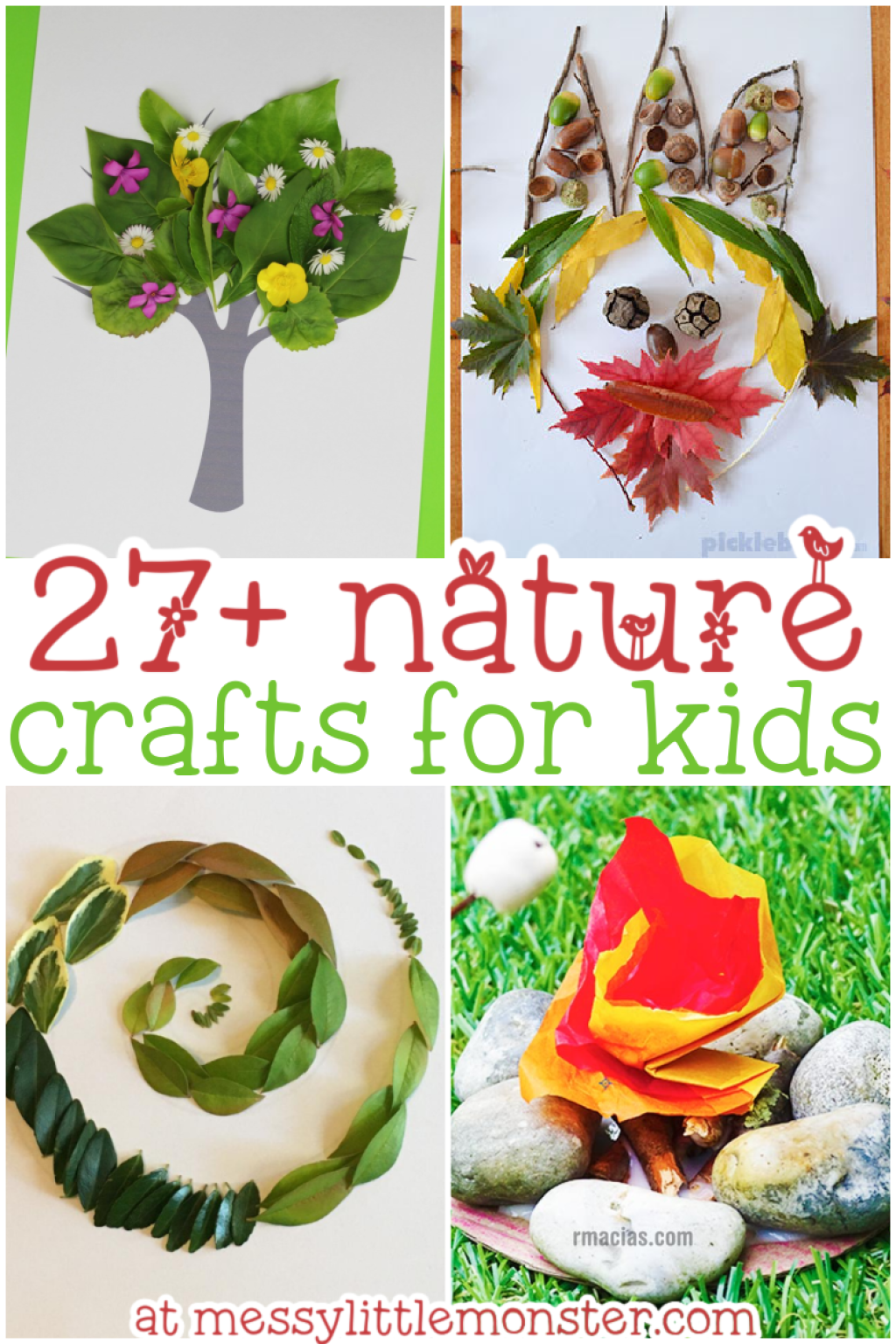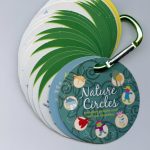Engage Kindergarteners With Exciting Nature Art Activities: Unleash Creativity And Imagination!
Nature Art Activities for Kindergarten: Encouraging Creativity and Connection with the Environment
Greetings, Readers!
Welcome to our article on nature art activities for kindergarten. In this digital age, it’s important to find ways to connect our children with the natural world and foster their creativity. Nature art activities provide a wonderful opportunity for kindergarteners to explore their surroundings, express themselves through art, and develop a deeper appreciation for the environment. In this article, we will explore various nature art activities that are both educational and fun for young children.
3 Picture Gallery: Engage Kindergarteners With Exciting Nature Art Activities: Unleash Creativity And Imagination!



Table of Contents
What are Nature Art Activities for Kindergarten?
Who can Participate?
When and Where can these Activities be Conducted?
Why are Nature Art Activities Beneficial?
How to Organize Nature Art Activities for Kindergarten?
Advantages and Disadvantages of Nature Art Activities
Frequently Asked Questions
Conclusion
Final Remarks
What are Nature Art Activities for Kindergarten? 🌿🎨

Image Source: happytoddlerplaytime.com
Nature art activities for kindergarten involve using natural materials found in the environment to create art. These can include various mediums such as leaves, flowers, twigs, rocks, and even mud. Through these activities, children learn to appreciate the beauty of nature while engaging in imaginative and creative play.
Benefits of Nature Art Activities for Kindergarten
1. Stimulates Creativity: Nature art activities encourage children to think outside the box and come up with unique art creations.
2. Enhances Fine Motor Skills: Handling natural materials and using tools like paintbrushes or glue promotes the development of fine motor skills.

Image Source: marthastewart.com
3. Fosters Environmental Awareness: By using materials from the environment, children gain a deeper understanding and appreciation for nature.
4. Boosts Sensory Development: Exploring different textures, scents, and sounds in nature stimulates the senses and aids in sensory development.

Image Source: blogspot.com
5. Promotes Cognitive Skills: Planning and executing nature art projects require problem-solving, critical thinking, and decision-making skills.
6. Develops Communication and Social Skills: Collaborating with peers on art projects fosters communication, teamwork, and empathy.
7. Encourages Emotional Expression: Creating art can be a therapeutic outlet for children to express their emotions and thoughts.
Who can Participate? 👧👦
Nature art activities are suitable for kindergarten-aged children, typically between the ages of 4 and 6. These activities can be adapted to accommodate different skill levels and interests, ensuring that all children can participate and benefit from the experience.
When and Where can these Activities be Conducted? 🗓️🌍
Nature art activities can be conducted both indoors and outdoors, depending on the availability of space and resources. Indoor activities can be carried out during art classes or as part of a structured curriculum. Outdoor activities can take place in school gardens, nearby parks, or nature reserves.
Why are Nature Art Activities Beneficial? 🌱🖌️
1. Connection with Nature: Nature art activities help children establish a deeper connection with the natural world, fostering a sense of stewardship and respect for the environment.
2. Holistic Development: These activities promote the holistic development of children by engaging their physical, intellectual, emotional, and social aspects.
3. Learning through Play: Nature art activities provide a hands-on and interactive learning experience, making education enjoyable and memorable.
4. Encourages Exploration and Curiosity: Children are naturally curious, and nature art activities provide a platform for them to explore and discover the wonders of the natural world.
5. Eco-Consciousness: Engaging in nature art activities raises awareness about sustainability and the importance of preserving our planet for future generations.
How to Organize Nature Art Activities for Kindergarten? 📝✂️
1. Planning: Determine the objectives, materials needed, and suitable locations for the activities.
2. Safety Measures: Ensure the chosen environment is safe and appropriate for young children. Provide necessary supervision and instructions.
3. Material Collection: Gather natural materials such as leaves, flowers, and pebbles. Encourage children to contribute their own findings.
4. Art Projects: Introduce various art projects like leaf rubbings, nature collages, rock painting, and stick sculptures. Provide instructions and demonstrate techniques.
5. Reflection and Discussion: Engage children in discussions about their creations, the natural materials used, and their observations about the environment.
6. Display and Celebration: Showcase the artwork in classrooms or organize an exhibition to celebrate the children’s creativity and efforts.
7. Continued Engagement: Encourage children to continue exploring nature through art beyond the organized activities. Provide resources and suggestions for further exploration.
Advantages and Disadvantages of Nature Art Activities
Advantages:
1. Enhances creativity and imagination.
2. Encourages a sense of wonder and appreciation for nature.
3. Develops various skills such as fine motor skills and critical thinking.
4. Promotes environmental awareness and sustainability education.
5. Provides a healthy and engaging alternative to screen time.
Disadvantages:
1. Limited availability of natural materials in certain urban environments.
2. Weather constraints may limit outdoor activities.
3. Requires supervision and guidance to ensure safety.
4. Cleanup and maintenance of materials can be time-consuming.
5. Allergies or sensitivities to certain natural materials may pose challenges for some children.
Frequently Asked Questions
1. Can nature art activities be adapted for children with disabilities?
Yes, nature art activities can be modified to accommodate children with different abilities. Providing alternative materials and incorporating sensory elements can make the activities inclusive for all children.
2. How can parents support nature art activities at home?
Parents can encourage their children to explore nature by taking them on outdoor adventures, providing art supplies, and engaging in creative projects together.
3. What are some recommended age-appropriate nature art activities for kindergarteners?
Examples of age-appropriate nature art activities include leaf printing, flower pressing, nature scavenger hunts, and creating bird feeders.
4. Are there any safety precautions to consider during nature art activities?
Supervision is crucial to ensure the safety of children during nature art activities. Educators and parents should assess the environment for potential hazards and educate children about handling natural materials responsibly.
5. How can nature art activities be integrated into the curriculum?
Nature art activities can be incorporated into various subjects, such as science, art, and environmental studies. Educators can design lesson plans that combine hands-on art projects with educational objectives.
Conclusion
Engaging kindergarteners in nature art activities provides them with a valuable opportunity to connect with the environment, nurture their creativity, and develop a sense of responsibility towards nature. By incorporating these activities into their learning journey, we can inspire children to become future stewards of the Earth. Let us encourage our little ones to step outside, explore, and create art that reflects the beauty and wonders of the natural world.
Final Remarks
In conclusion, nature art activities for kindergarteners offer a multitude of benefits, both for their personal development and their relationship with the environment. While there may be challenges and limitations, the positive impact of these activities outweighs any drawbacks. It is our responsibility as educators, parents, and community members to cultivate a love for nature and art in the hearts of our children. Let us embark on this journey together and watch our kindergarteners thrive through their artistic expressions in harmony with the natural world.
This post topic: Planet Adventures
